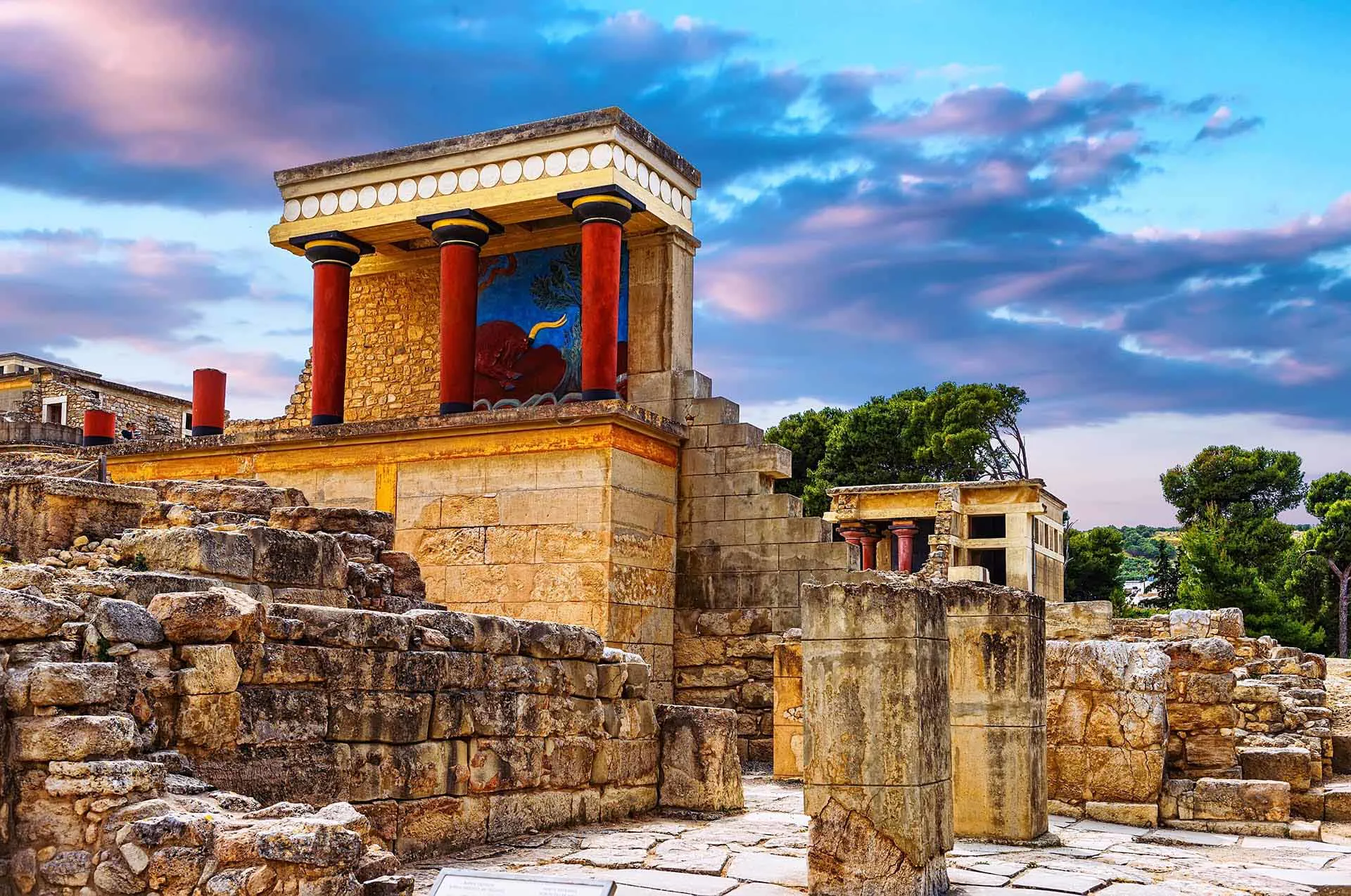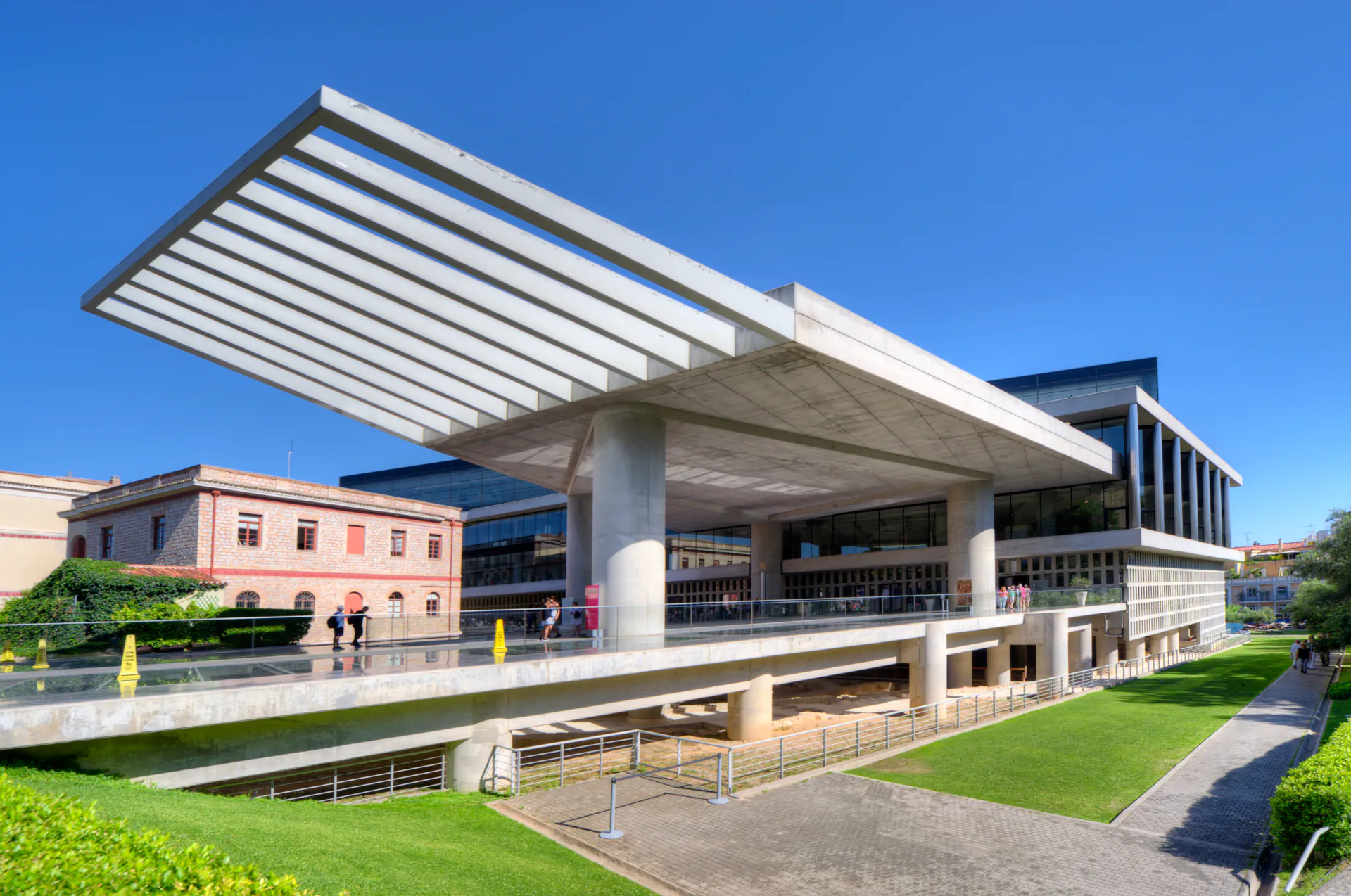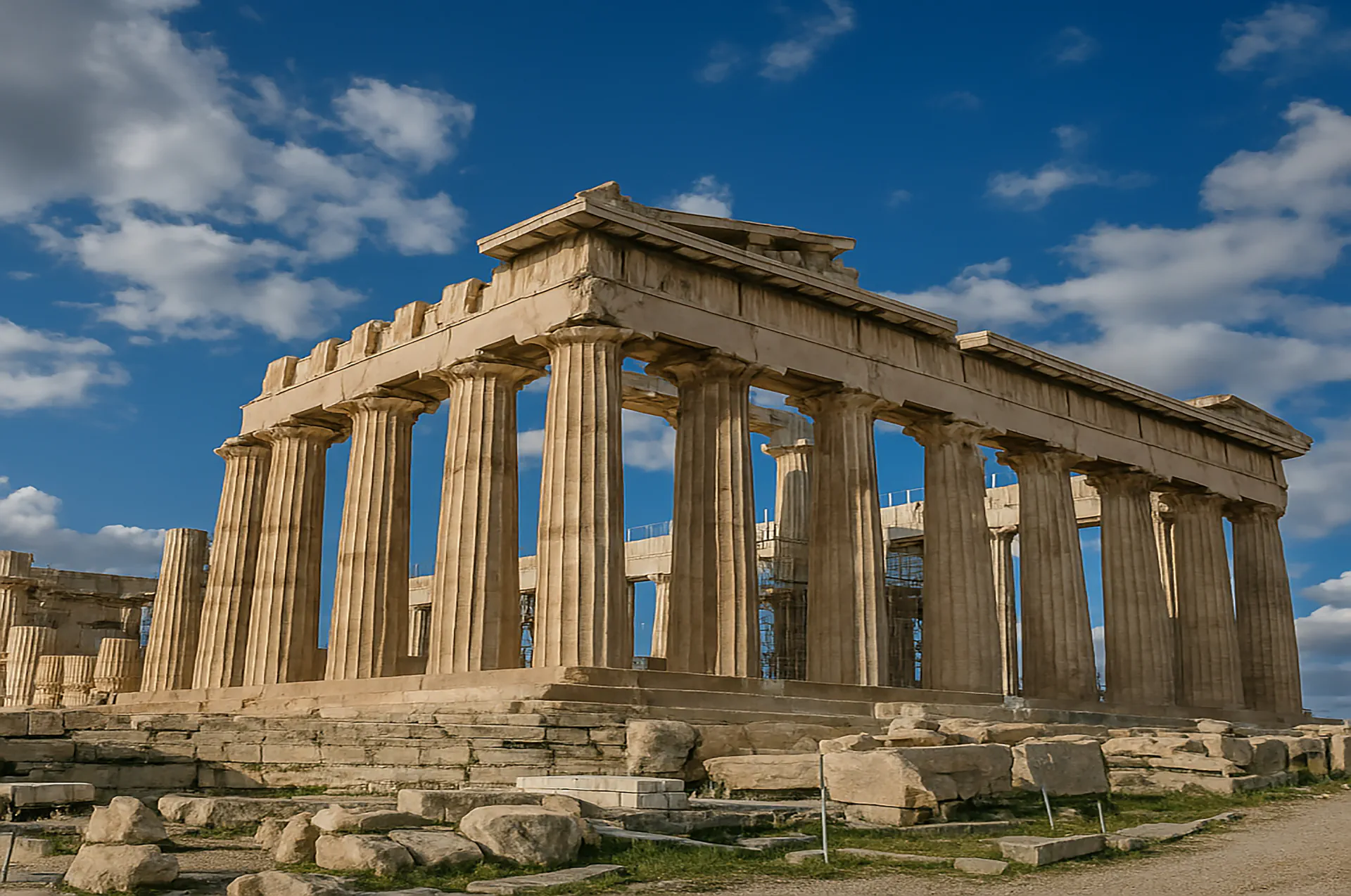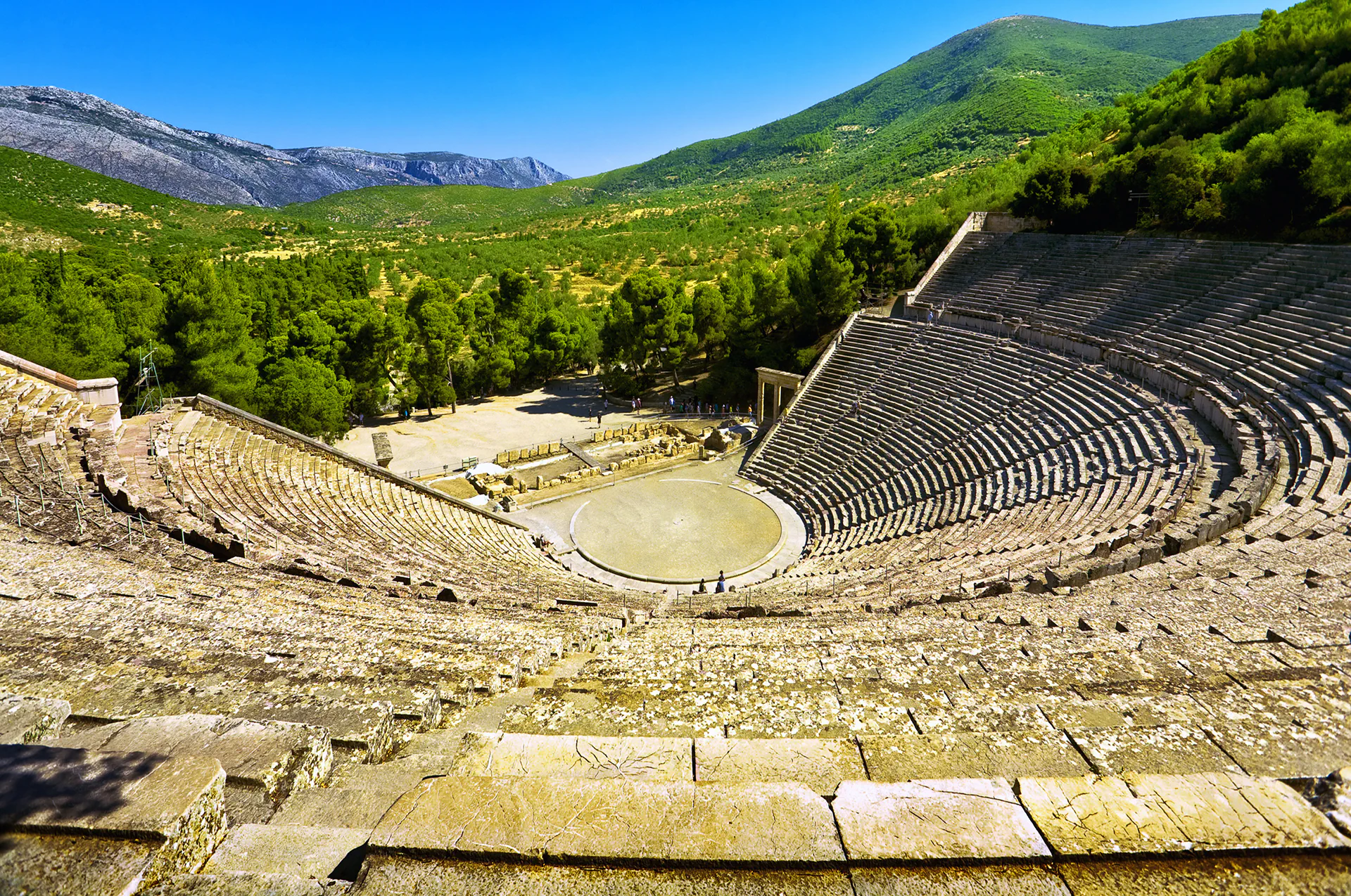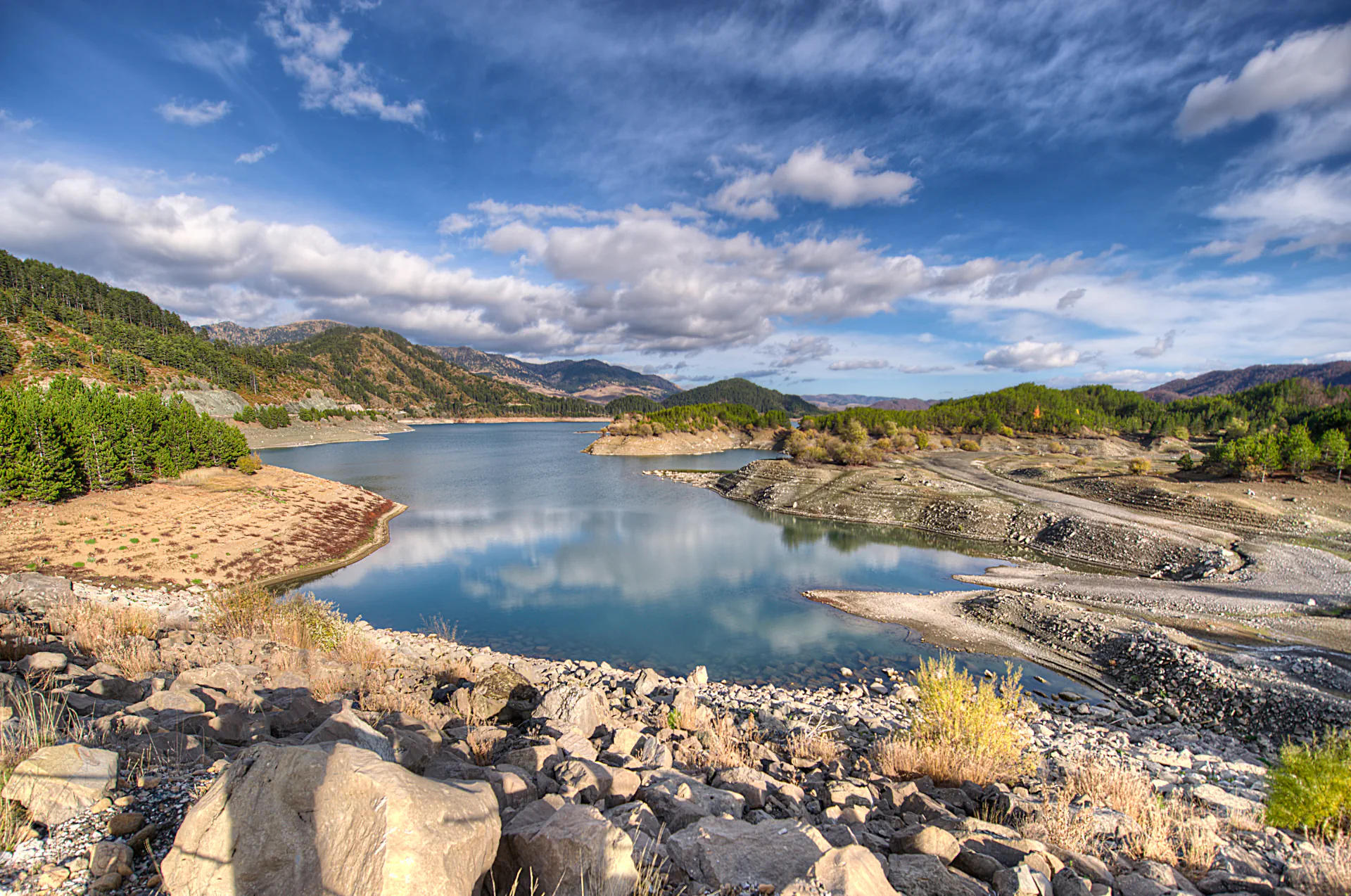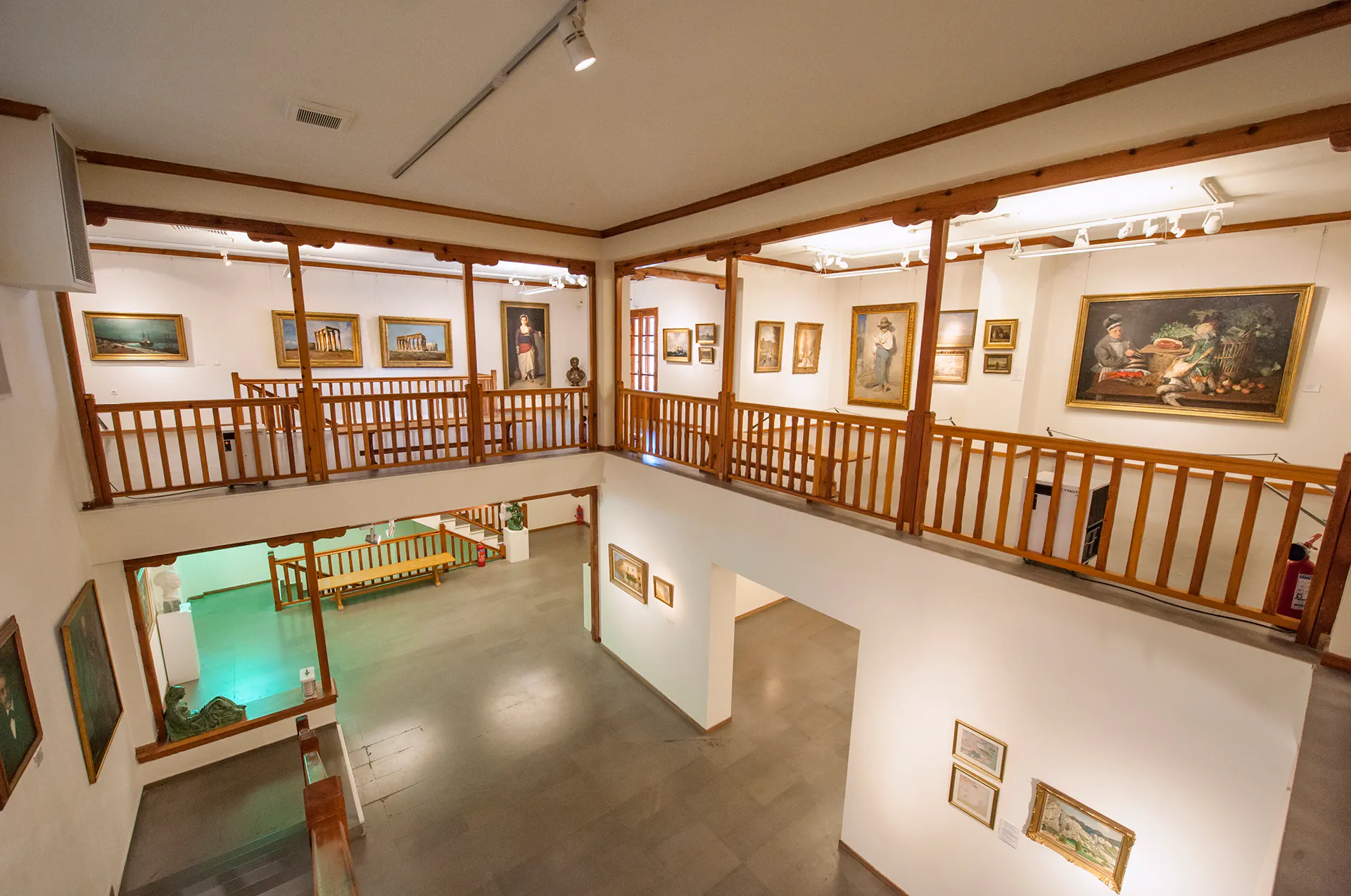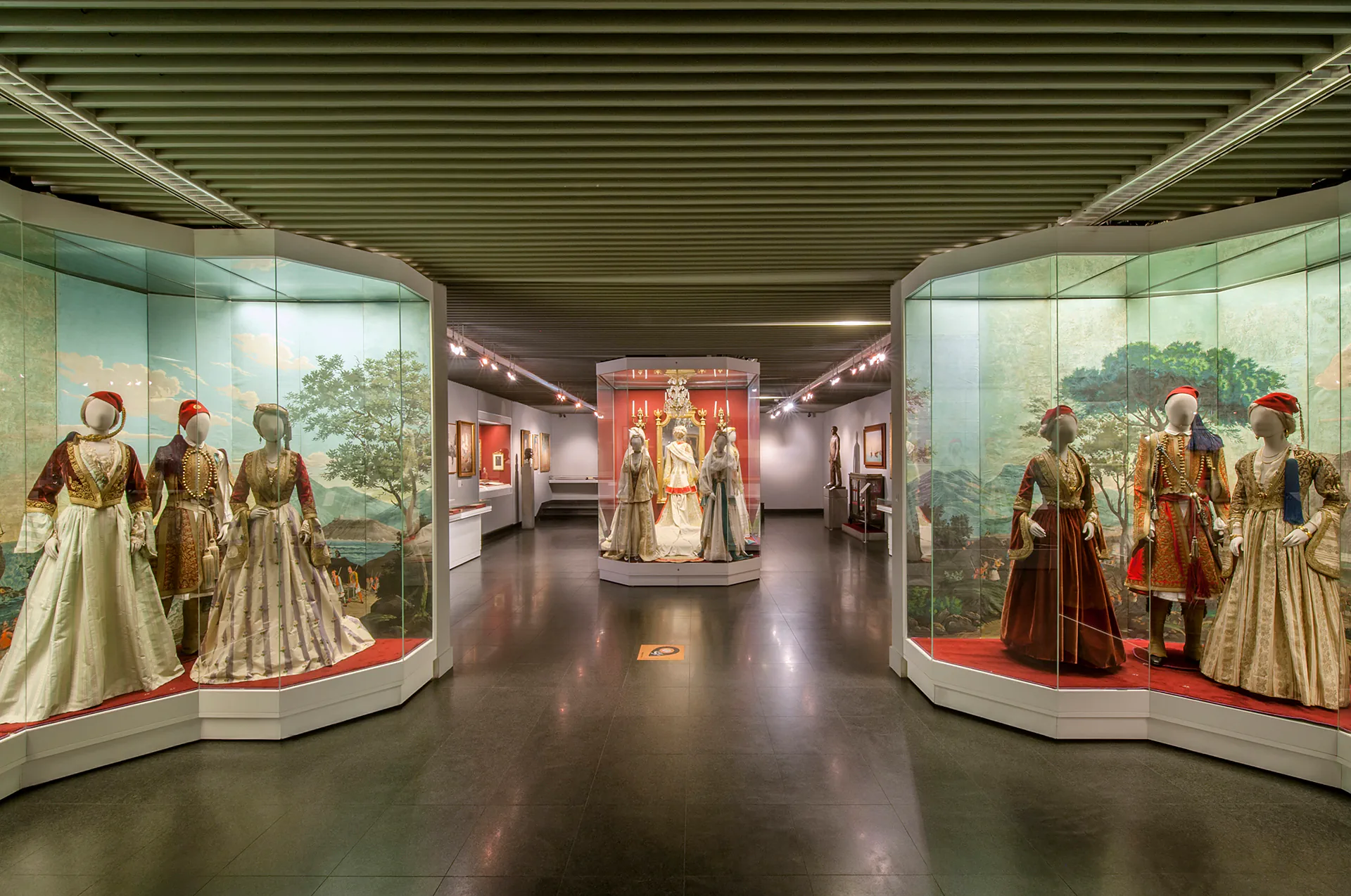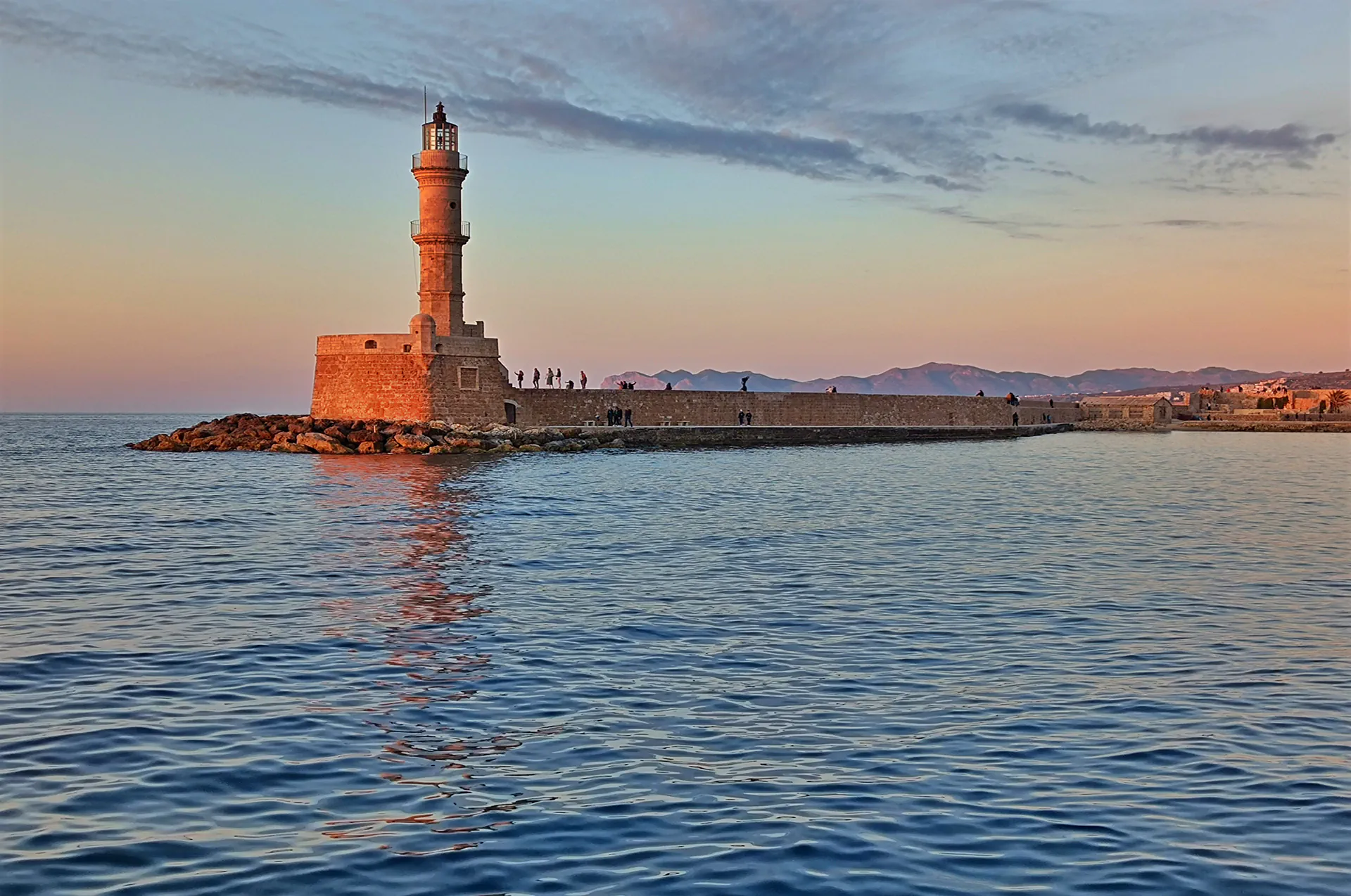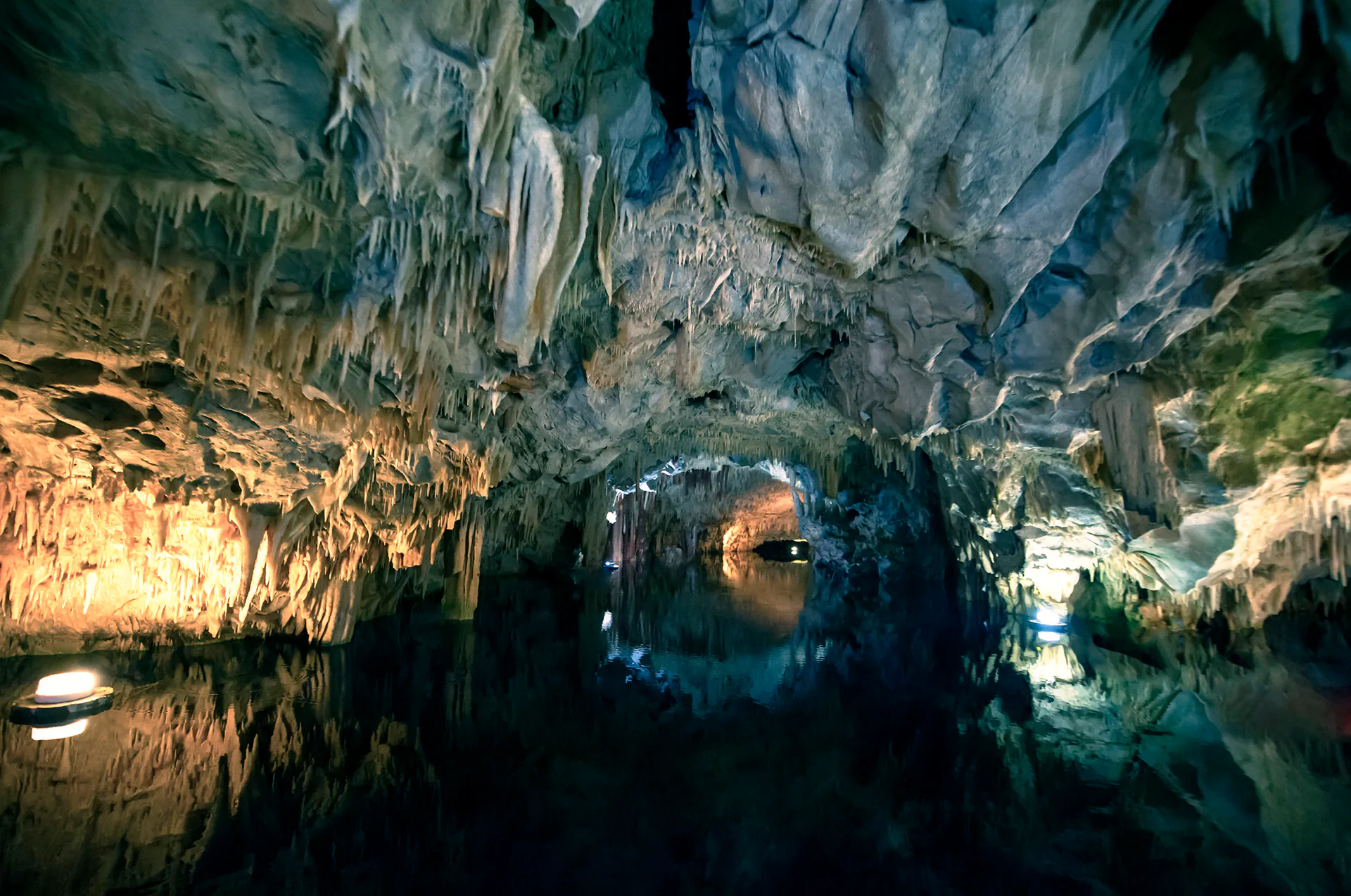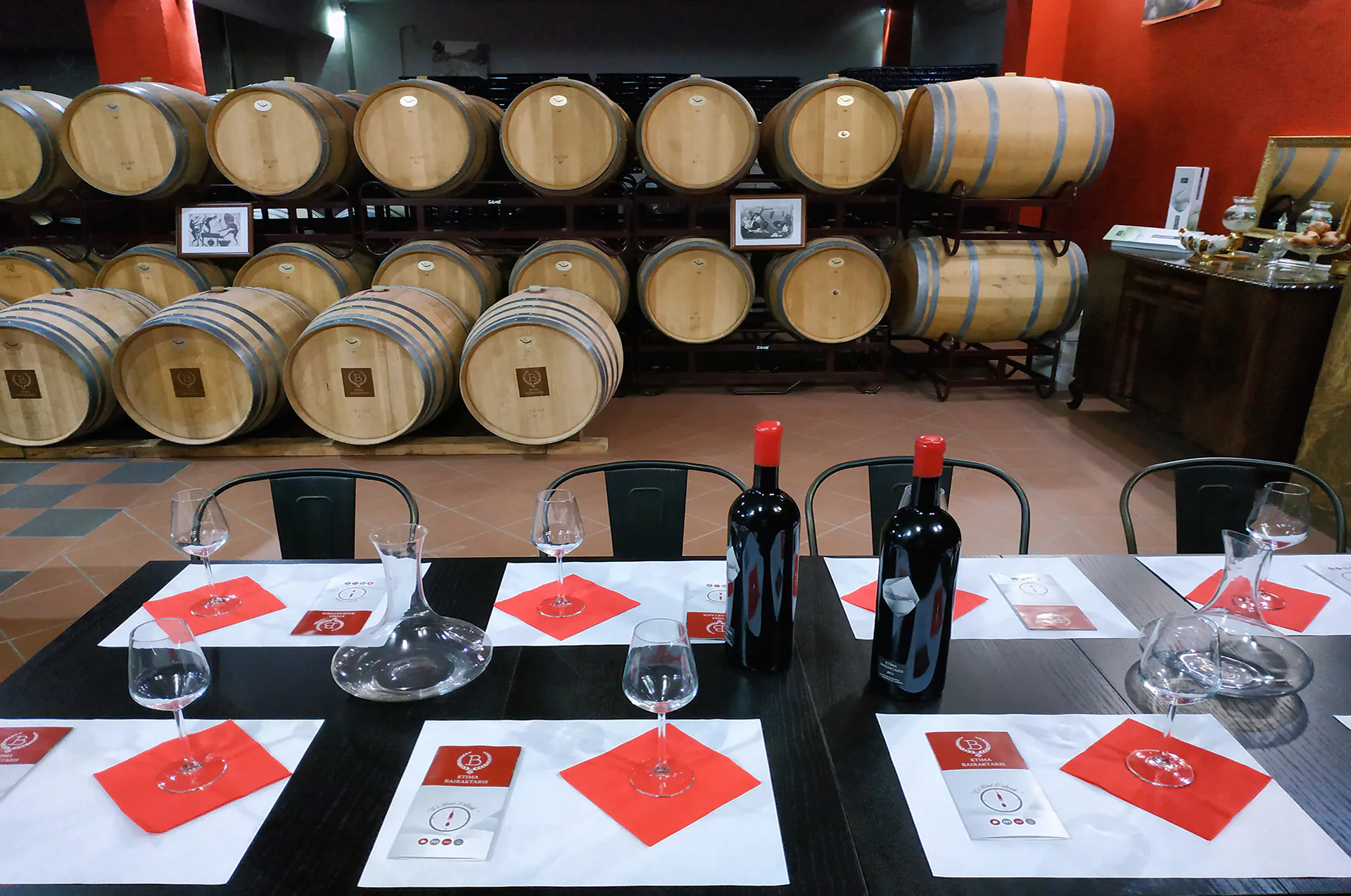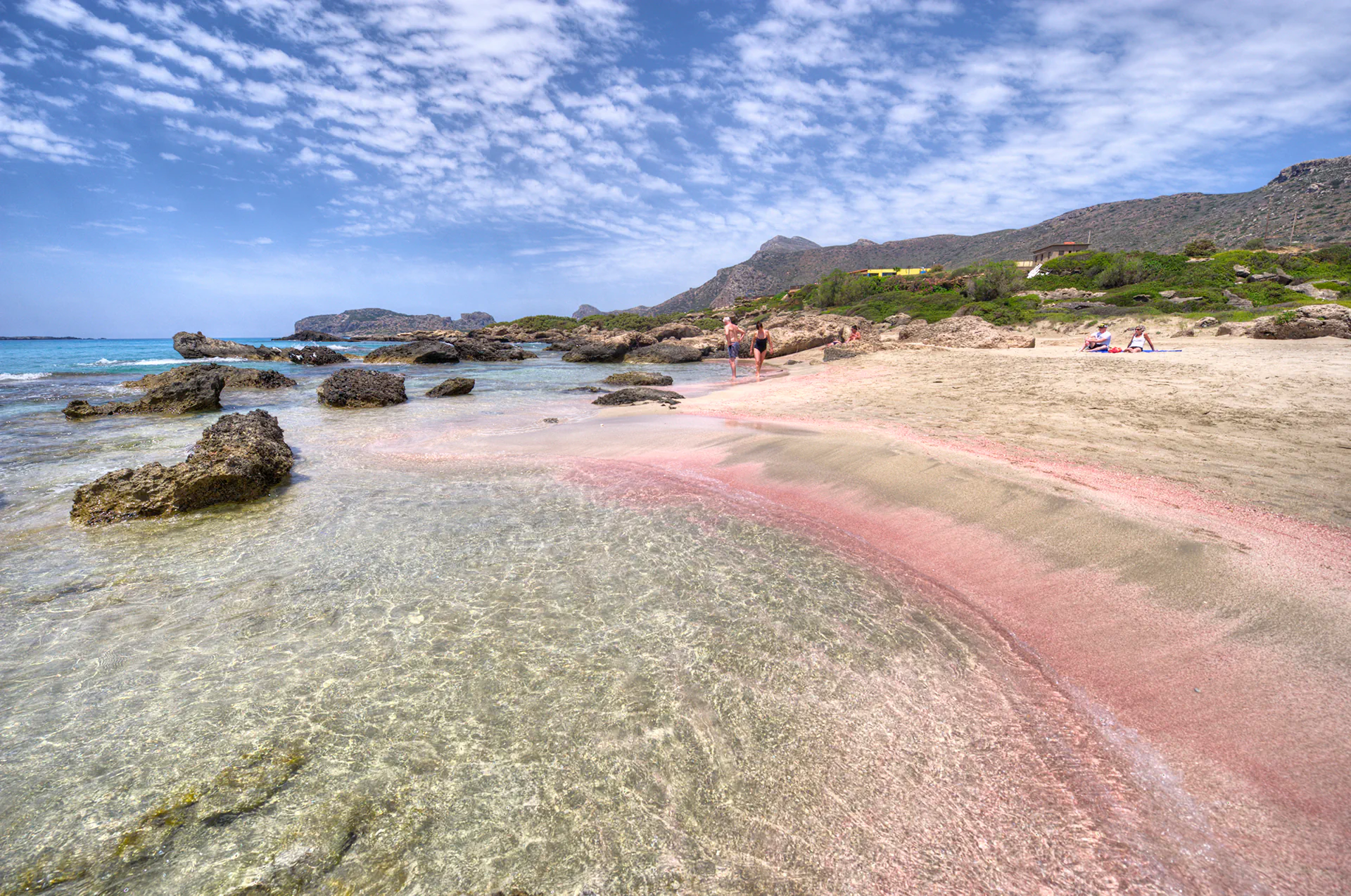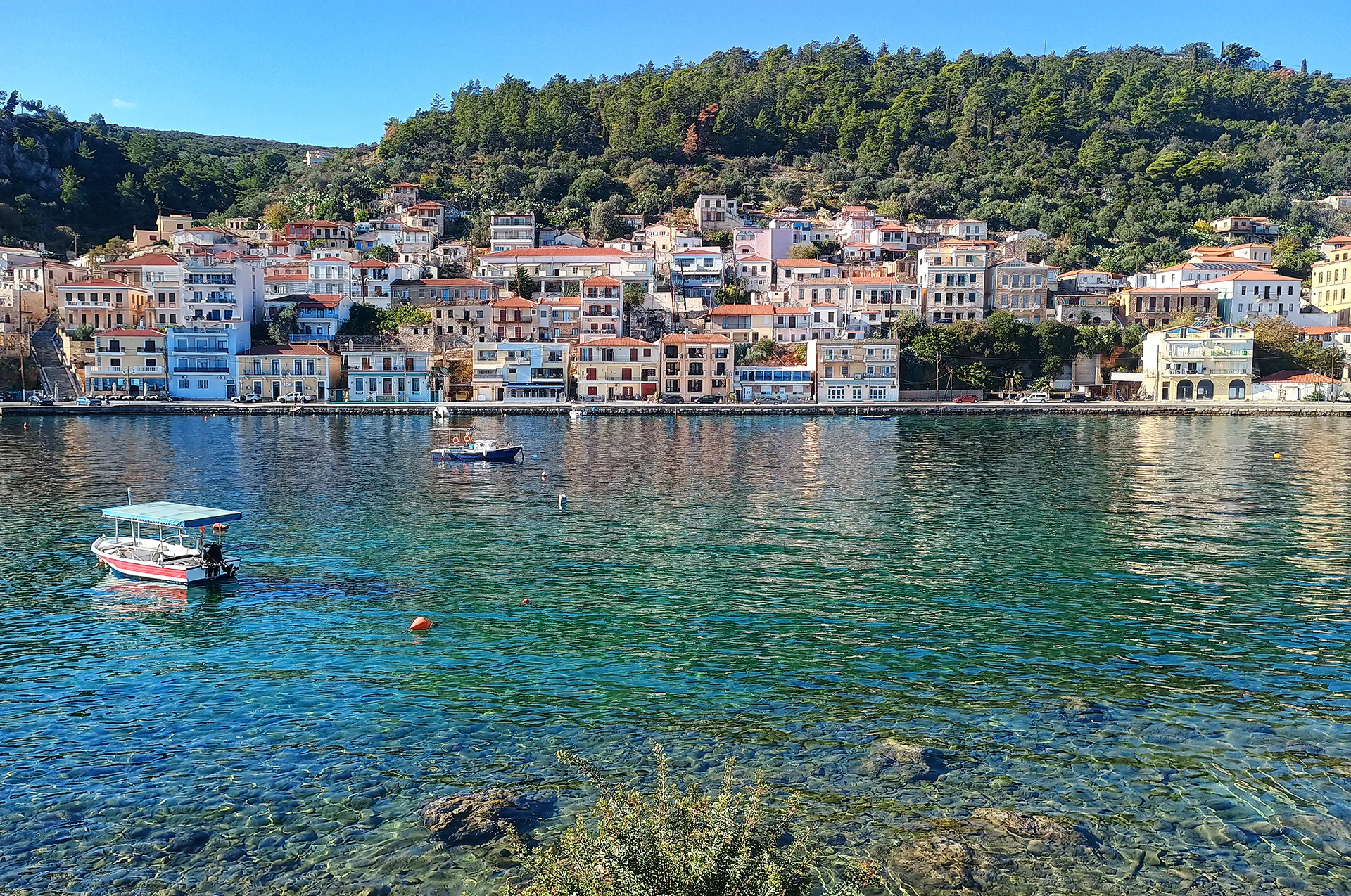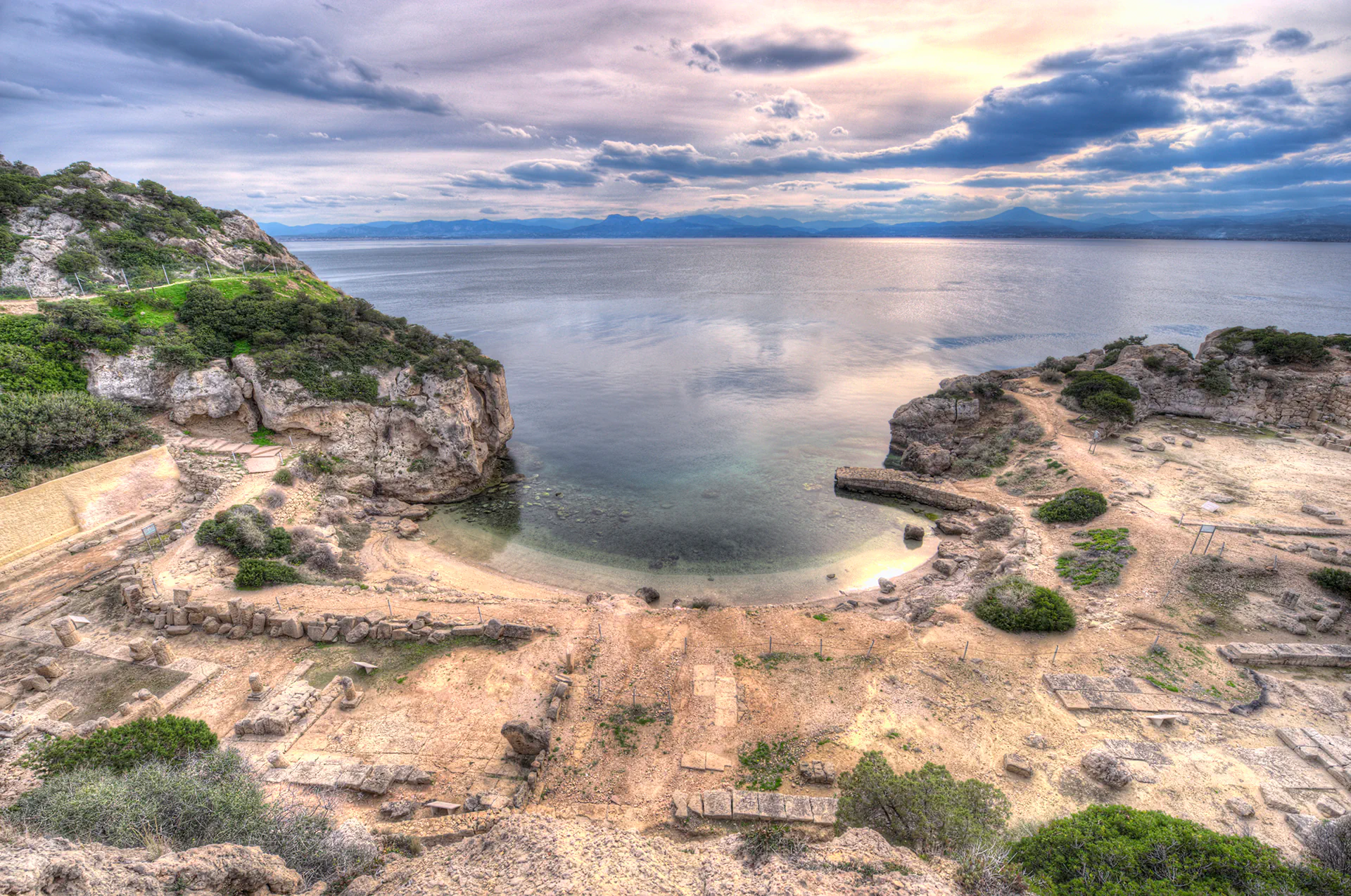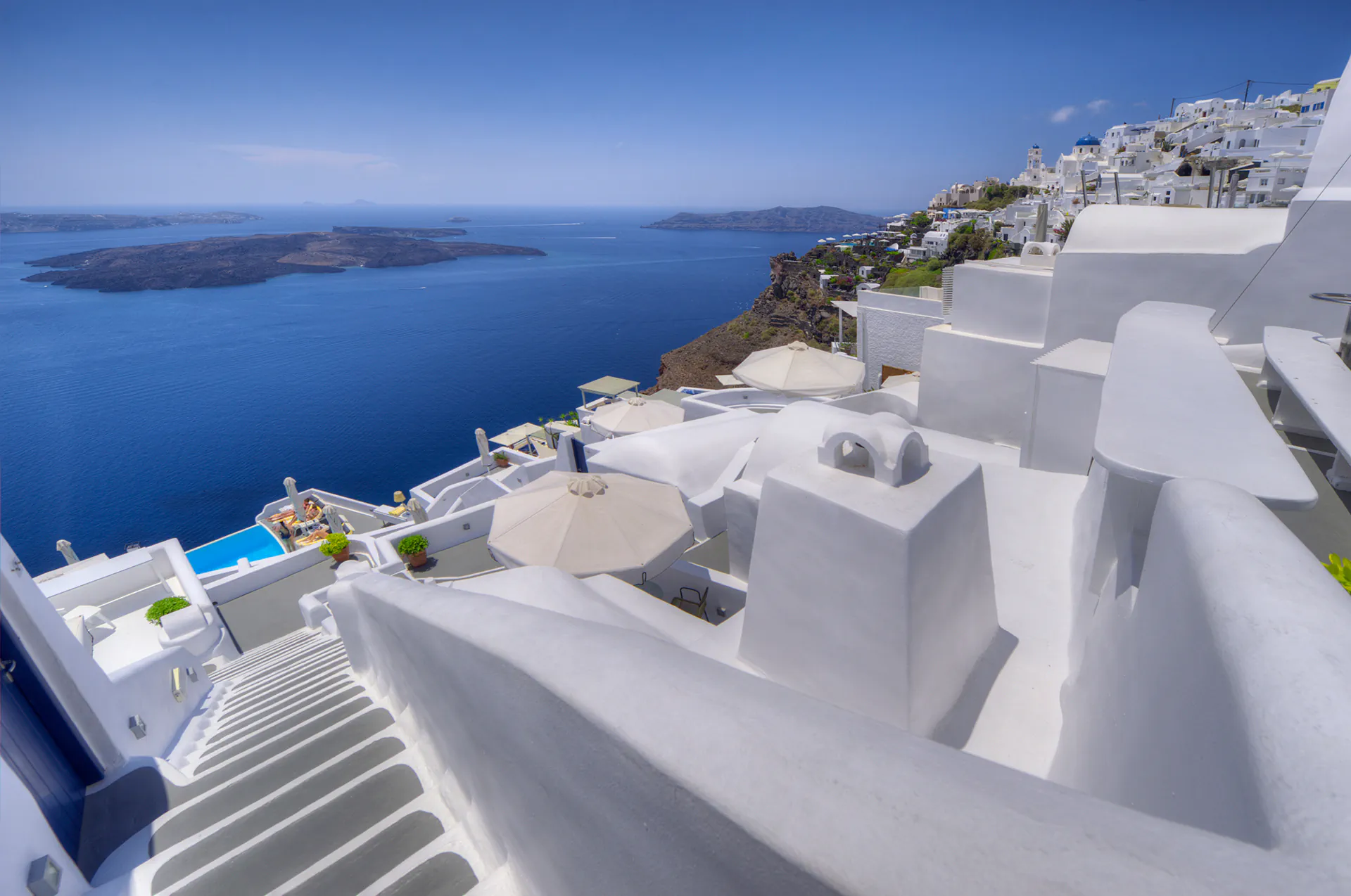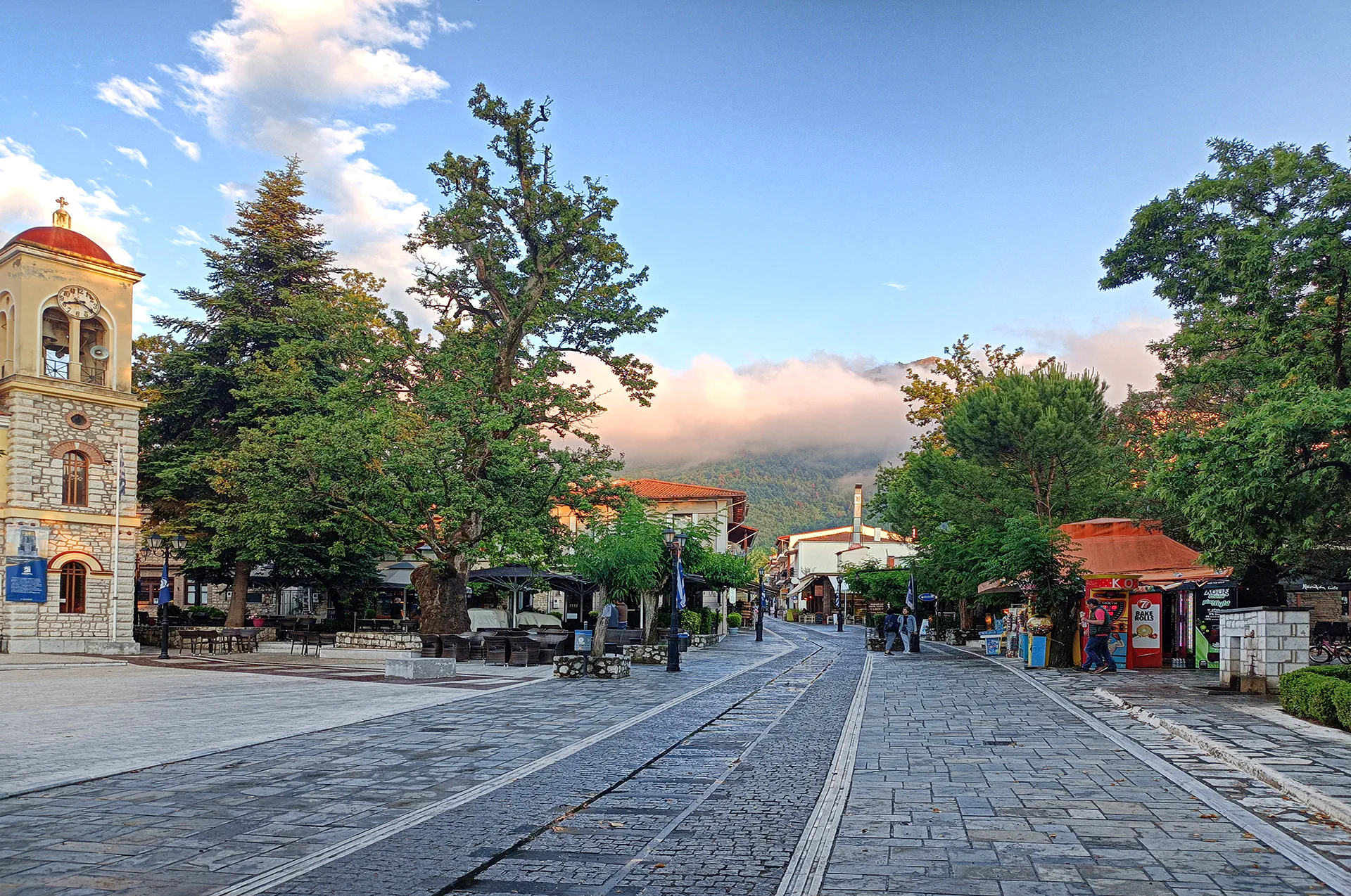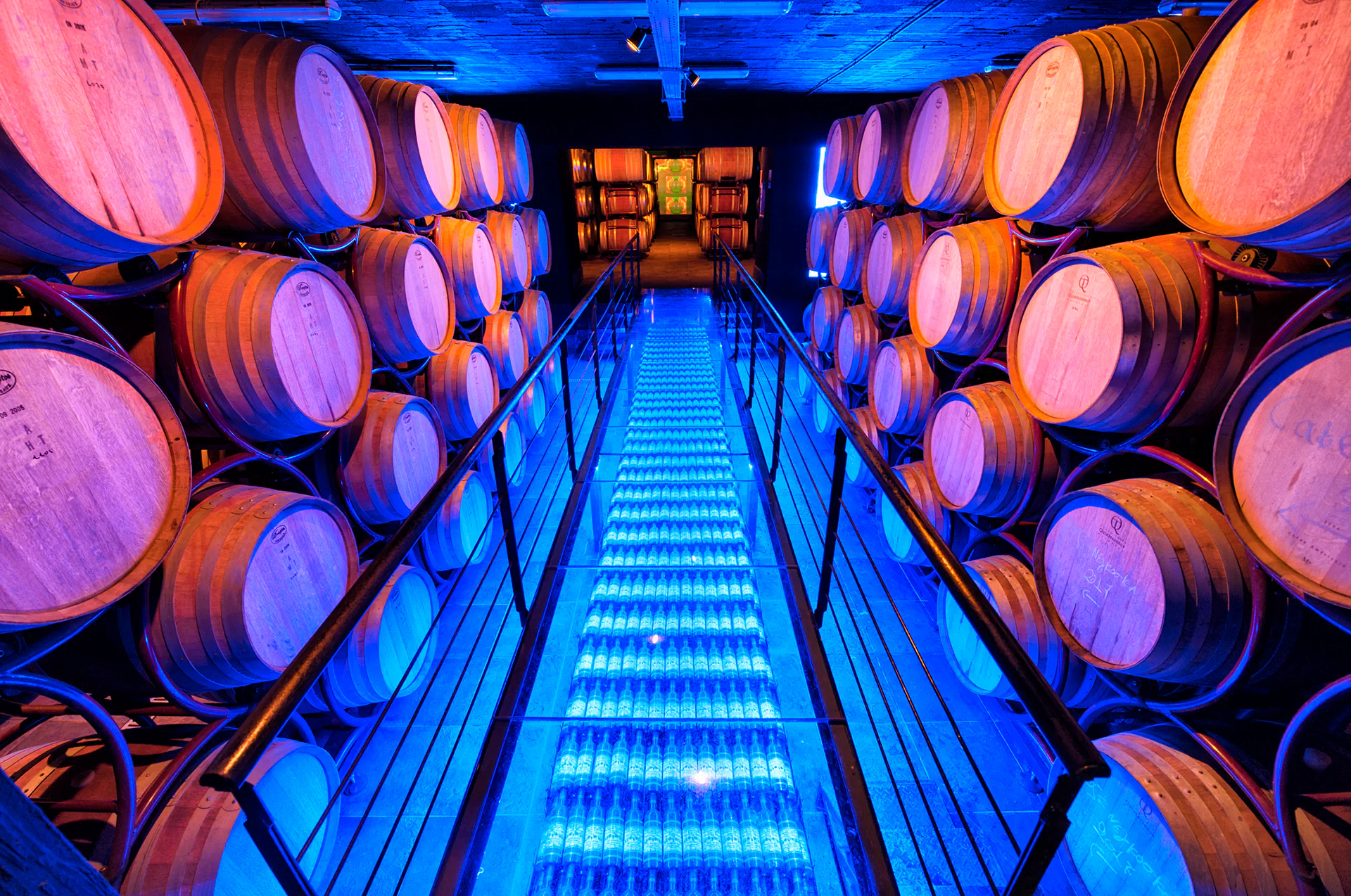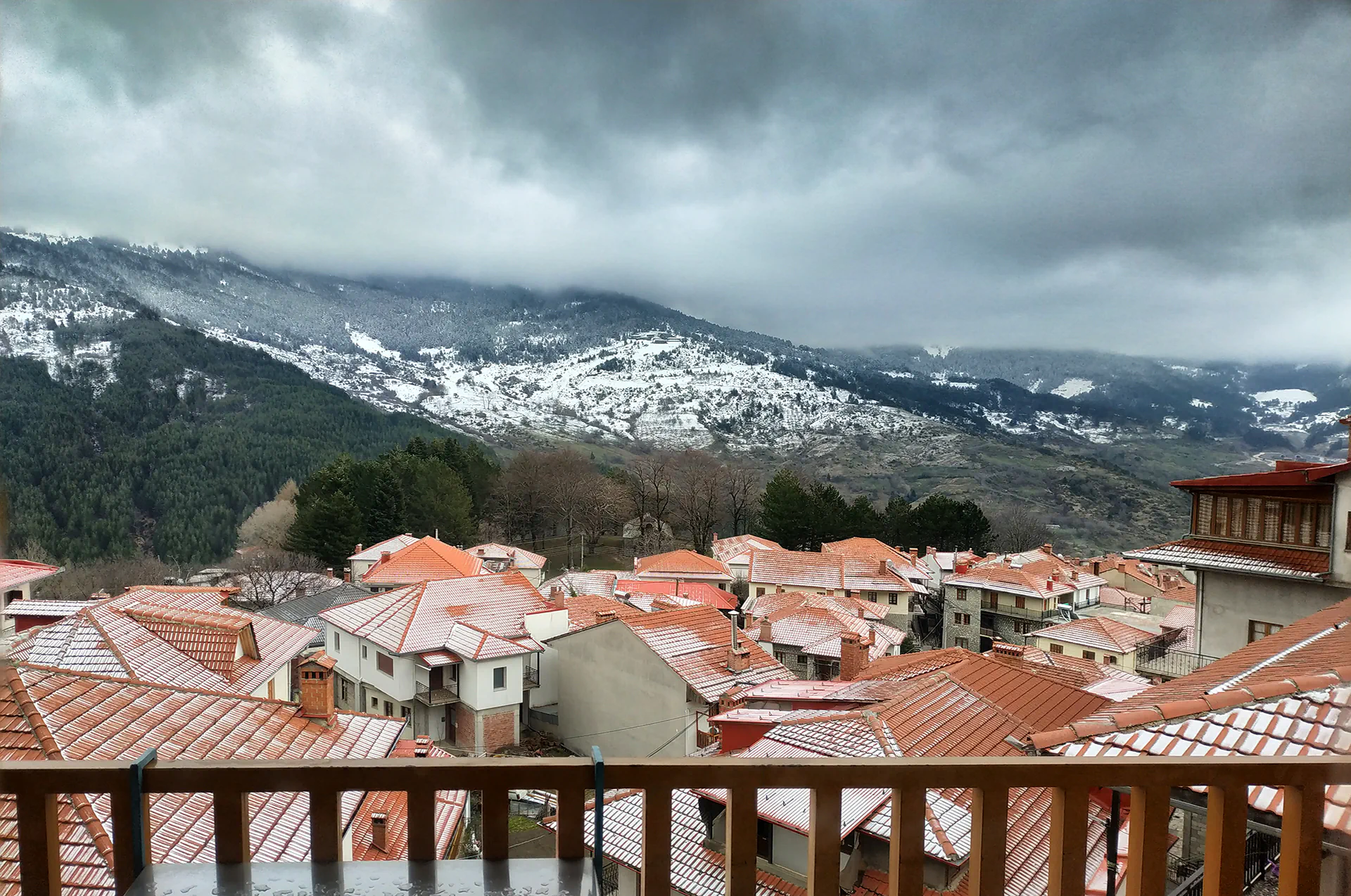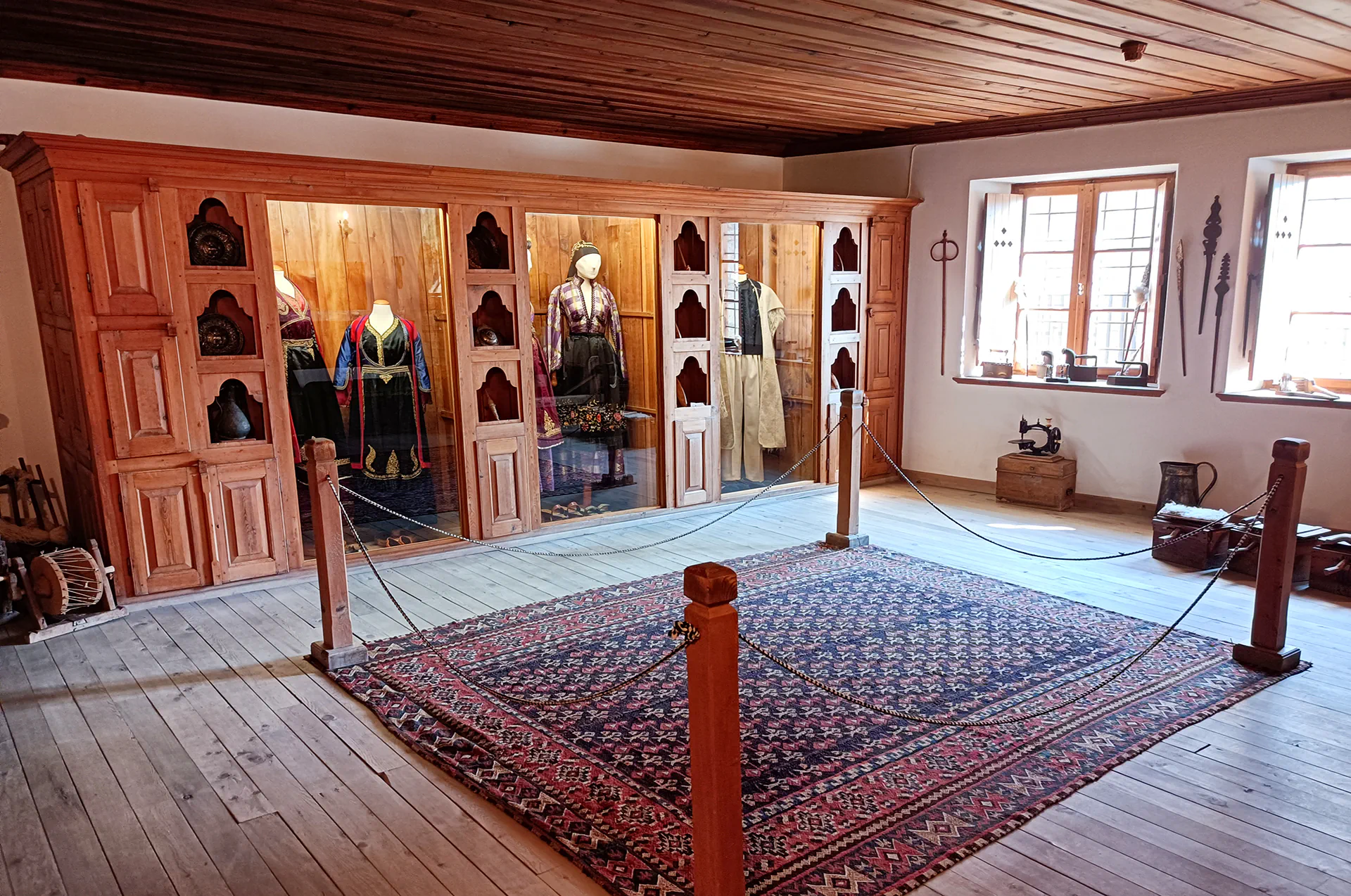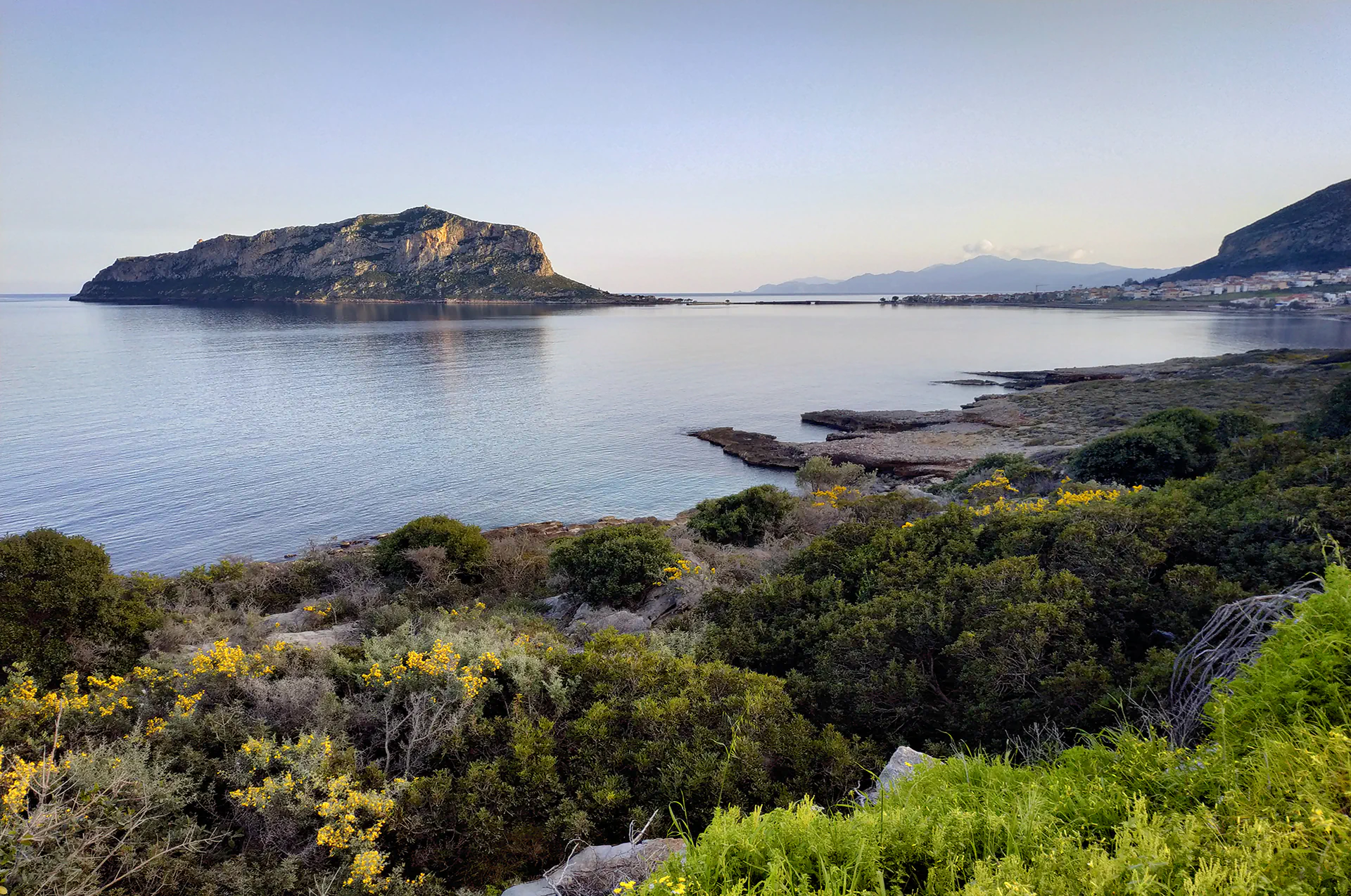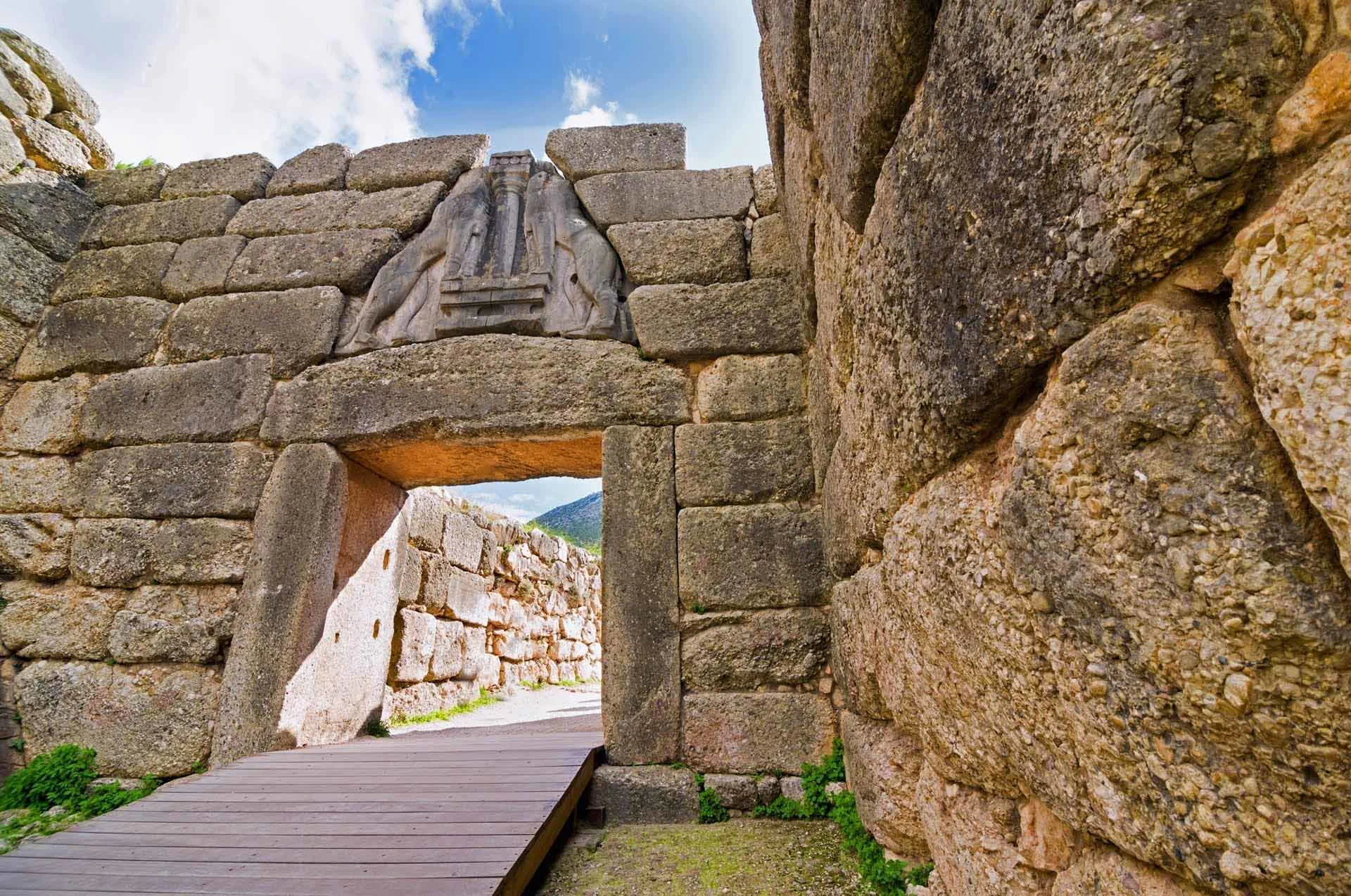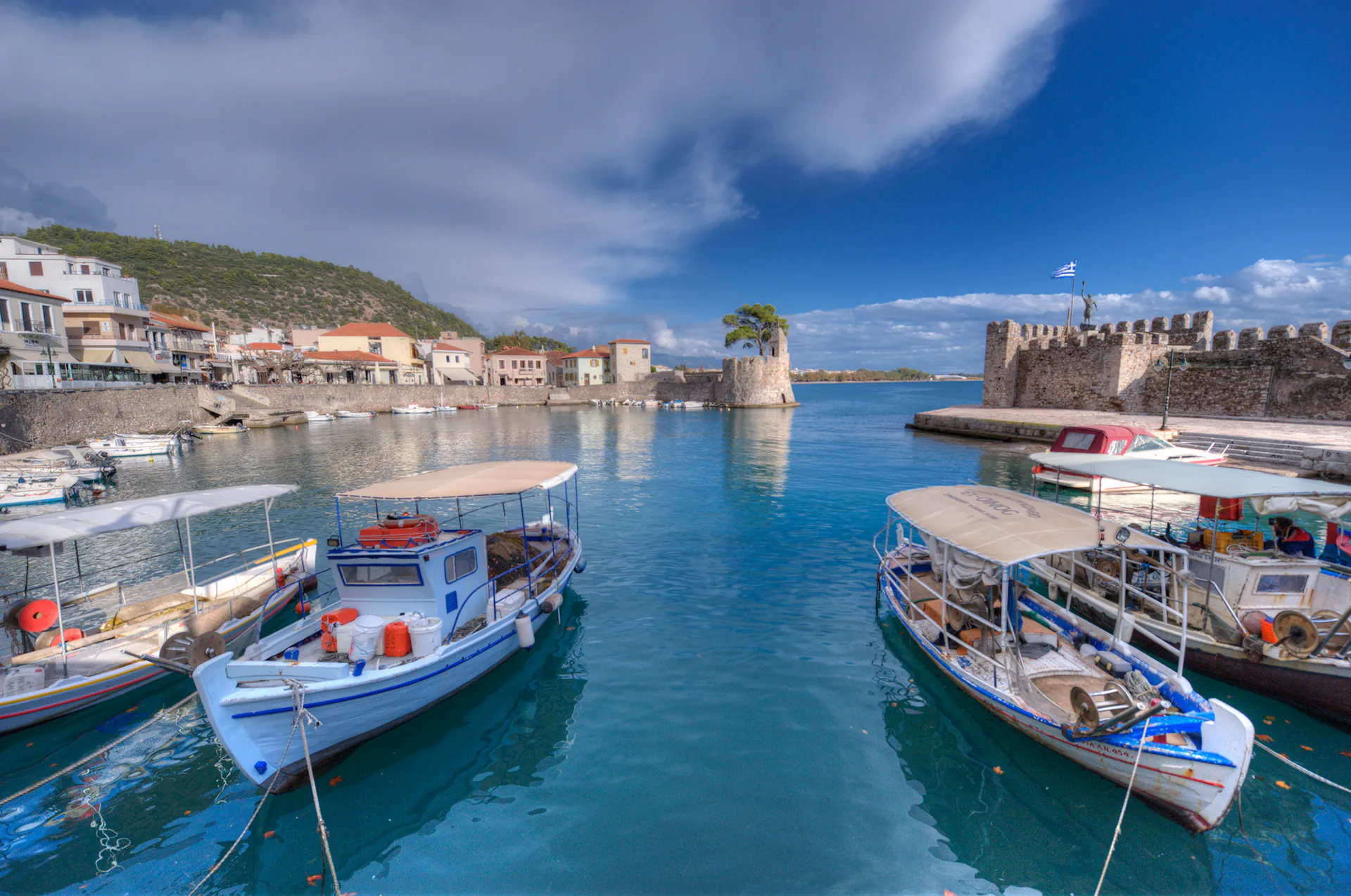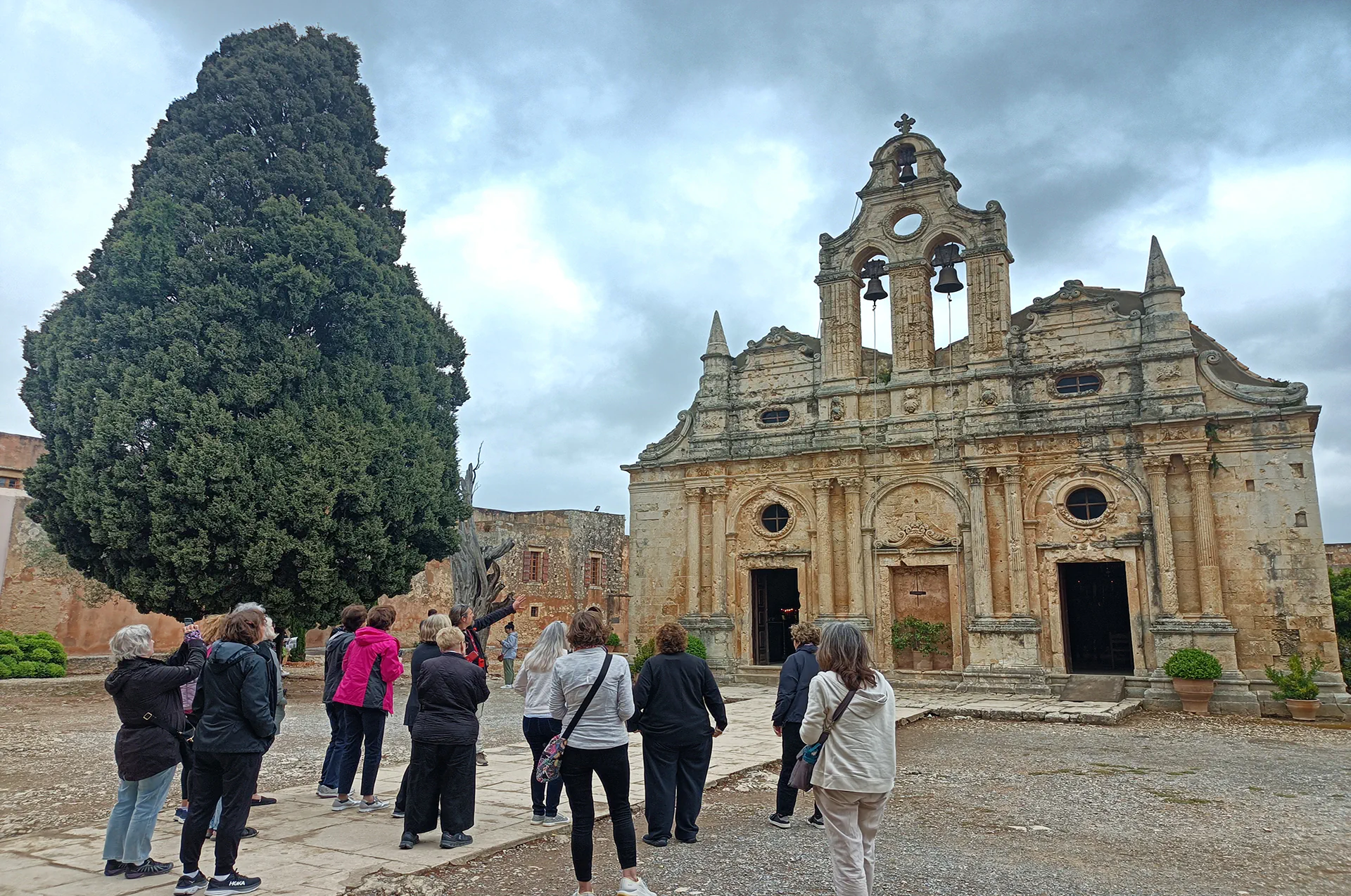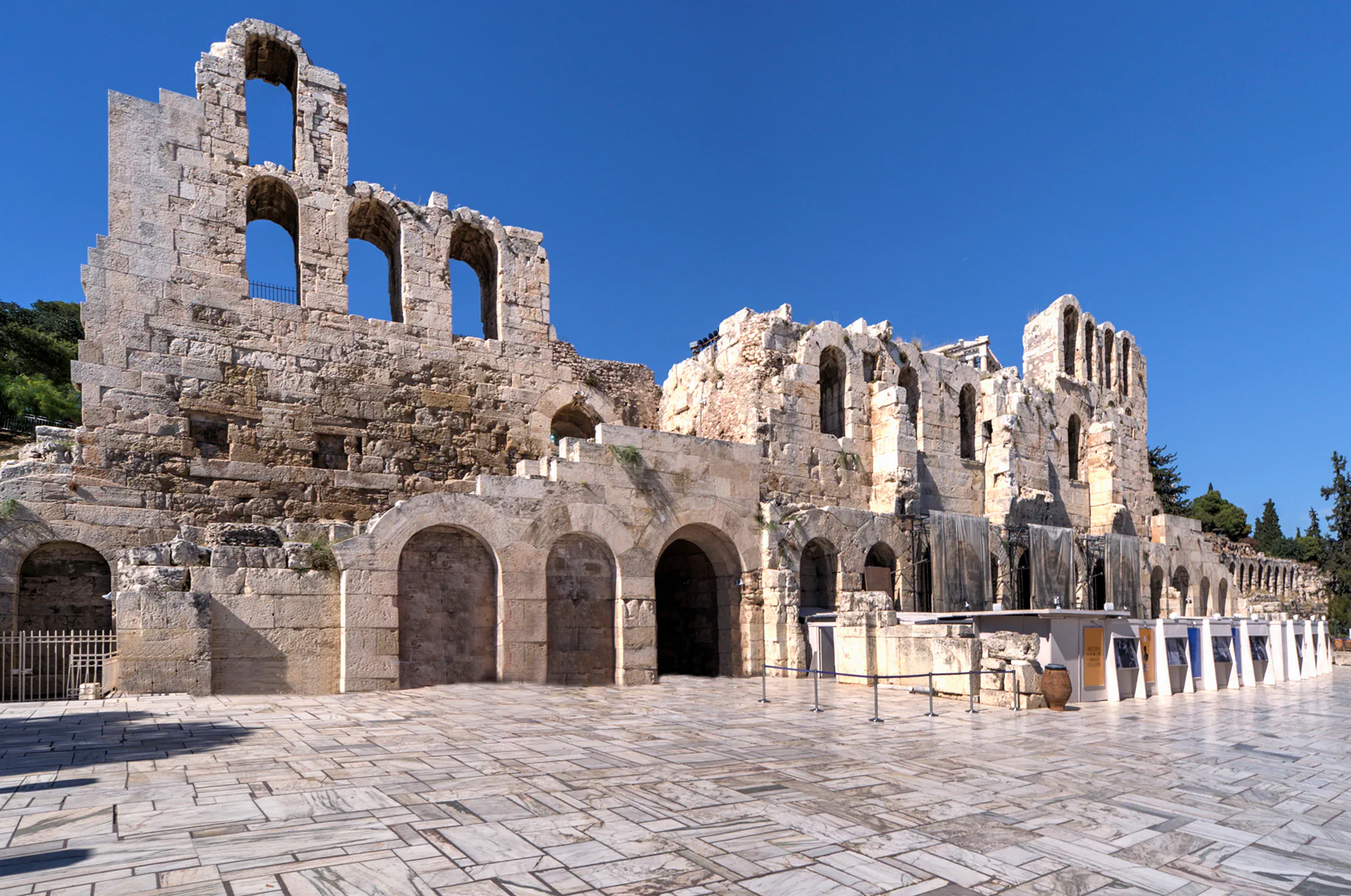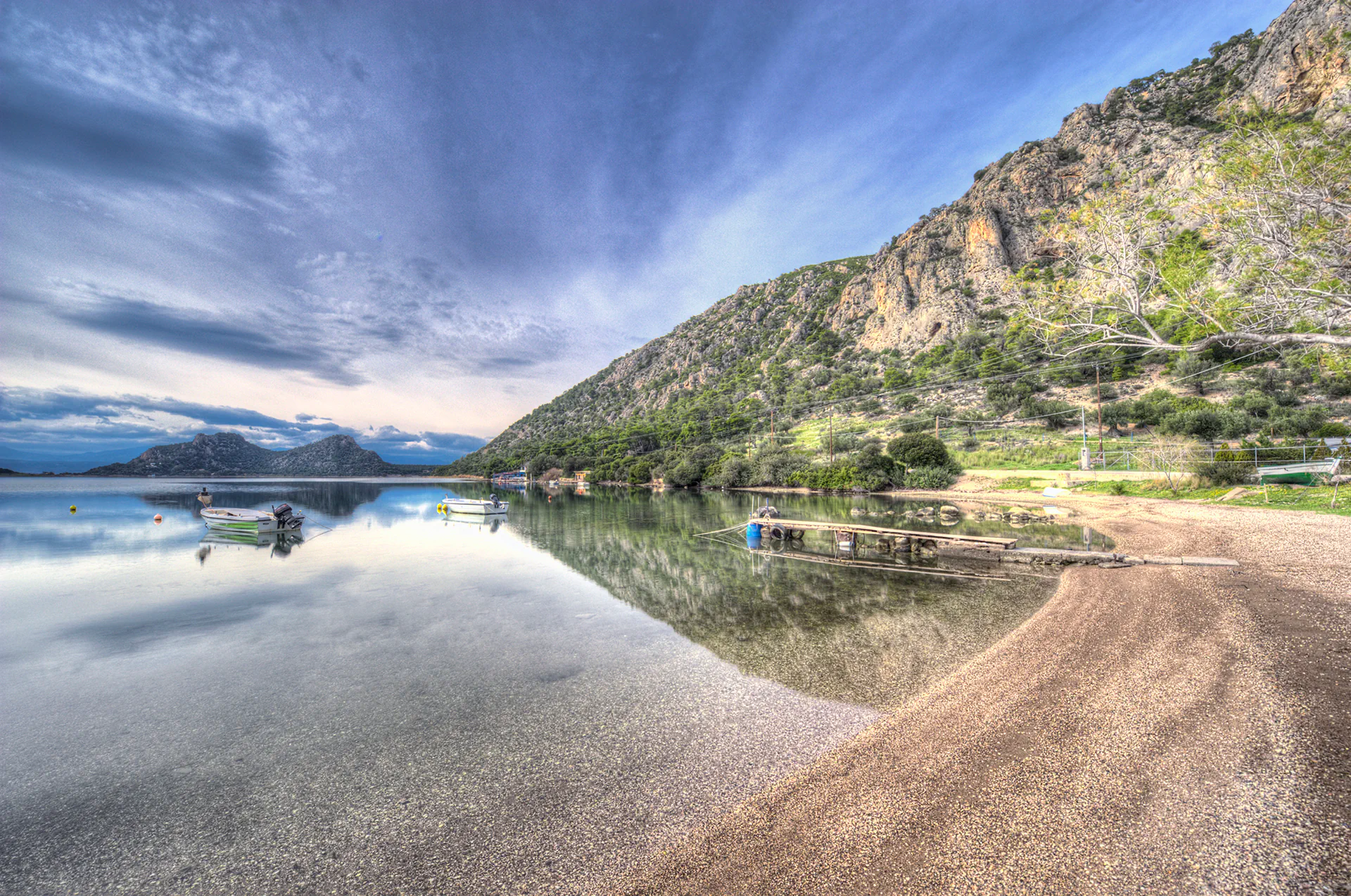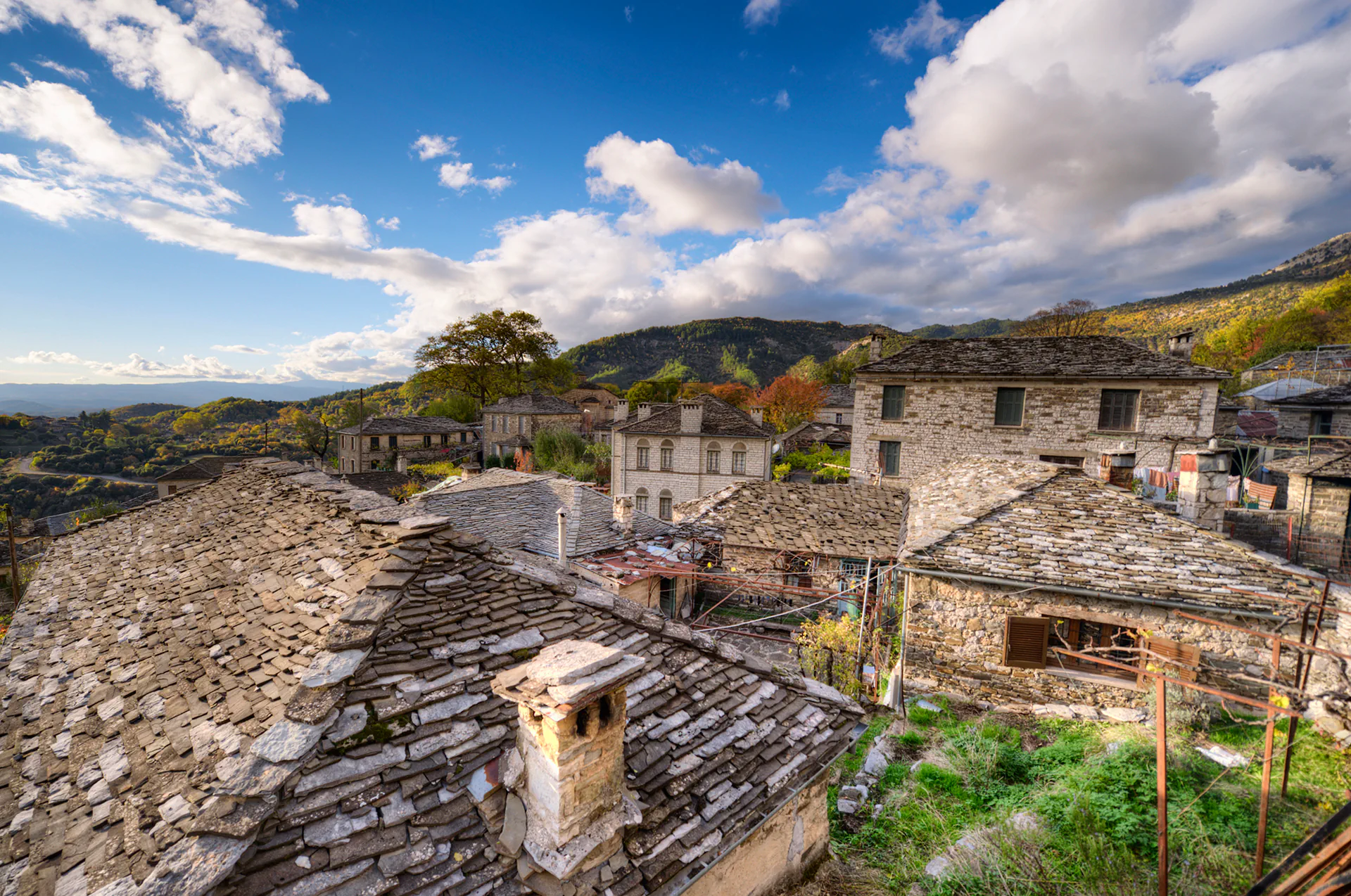Knossos Palace in Crete – Discover the Heart of the Minoan Civilization and the Mythic Minotaur, with Rich History and Stunning Architecture
Located just outside Heraklion, the Palace of Knossos is one of the most important archaeological sites in Greece and the most iconic symbol of Minoan civilization. Rich in mythology, history, and architectural innovation, Knossos offers a fascinating journey back to the Bronze Age.
In this guide, you’ll learn what makes Knossos a must-visit destination in Crete and how to explore it like a pro.
What Is the Palace of Knossos?
Knossos was the capital of Minoan Crete, and it flourished around 1900–1400 BCE. It is considered Europe’s oldest city and was rediscovered and partially restored by British archaeologist Sir Arthur Evans in the early 20th century.
According to Greek mythology, Knossos is the legendary home of King Minos, Daedalus, and the Labyrinth that imprisoned the Minotaur. Today, it remains one of the most visited archaeological sites in Greece, attracting history lovers, architecture enthusiasts, and mythology fans alike.
Highlights of Knossos Palace
1. The Throne Room
This is the most iconic chamber in the palace, featuring the famous alabaster throne and vibrant griffin frescoes. It’s believed to have served both religious and political functions.
2. The Grand Staircase
A marvel of ancient engineering, the Grand Staircase connects multiple levels of the palace and showcases the Minoans’ architectural sophistication.
3. The Frescoes
Colorful murals like the Prince of the Lilies, Bull-Leaping Fresco, and Dolphin Fresco give insight into Minoan culture, fashion, and beliefs.
4. Storage Rooms (Magazines)
These rooms housed massive clay jars called pithoi, used for storing olive oil, grain, and wine — vital resources of Minoan trade.
5. The Central Court
The heart of the palace, possibly used for ceremonial or sporting events, like the legendary bull-leaping.
Knossos and Greek Mythology
Knossos is deeply woven into ancient myth. According to legend:
King Minos imprisoned the Minotaur — a half-man, half-bull creature — in a labyrinth built by Daedalus.
Theseus, the Athenian hero, entered the labyrinth and defeated the Minotaur with the help of Ariadne, Minos’s daughter.
This myth adds a layer of mystery and excitement to visiting the ruins today.
Final Thoughts
Knossos isn’t just a pile of ruins — it’s the birthplace of European civilization, a place where myth and history collide. Whether you’re a casual traveler or an archaeology enthusiast, a visit to Knossos offers an unforgettable glimpse into an ancient world of art, power, and legend. Make Knossos Palace a highlight of your Crete itinerary — and step into the myths of ancient Greece.
